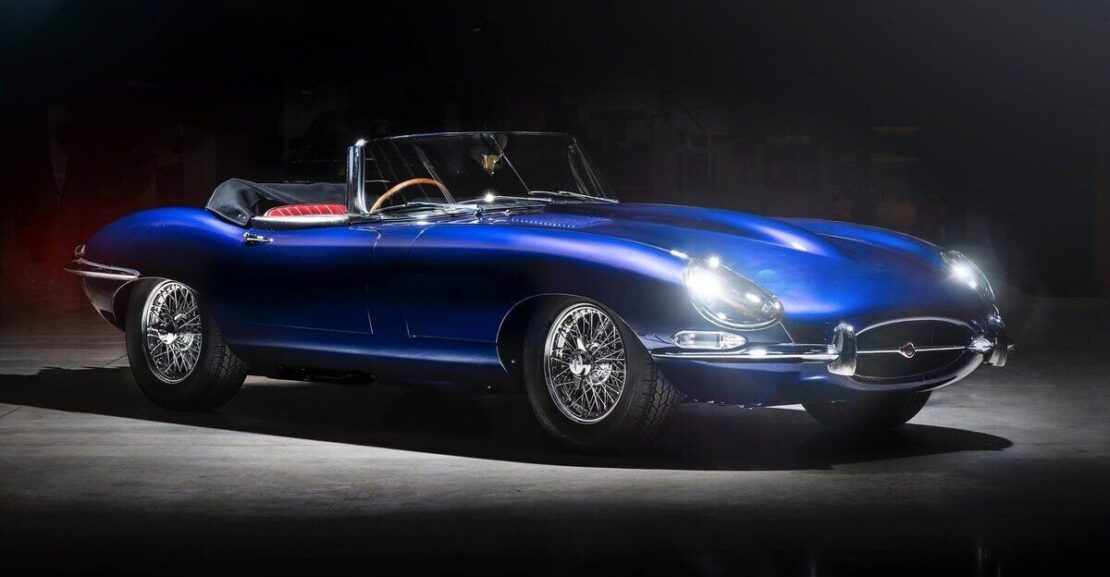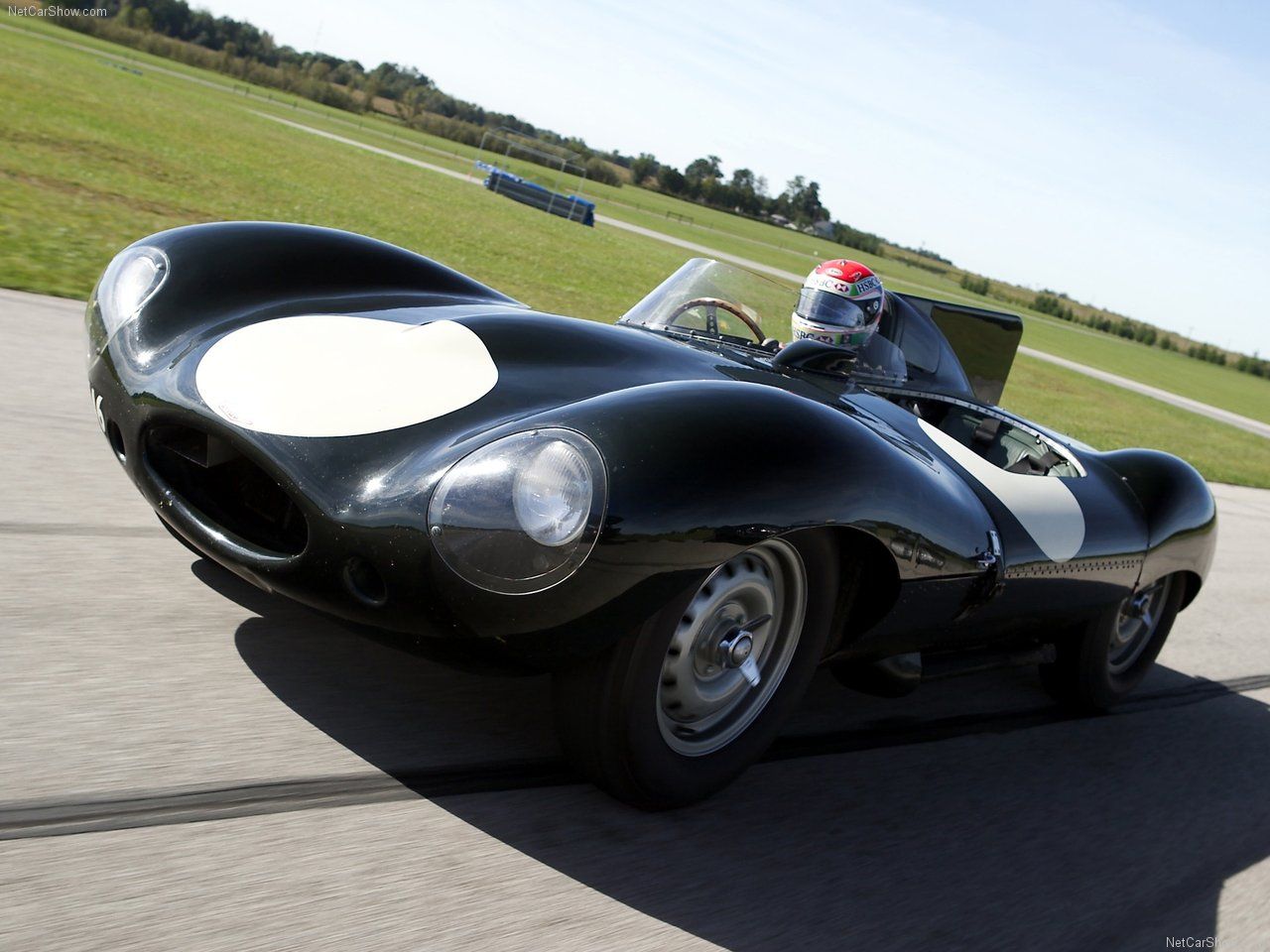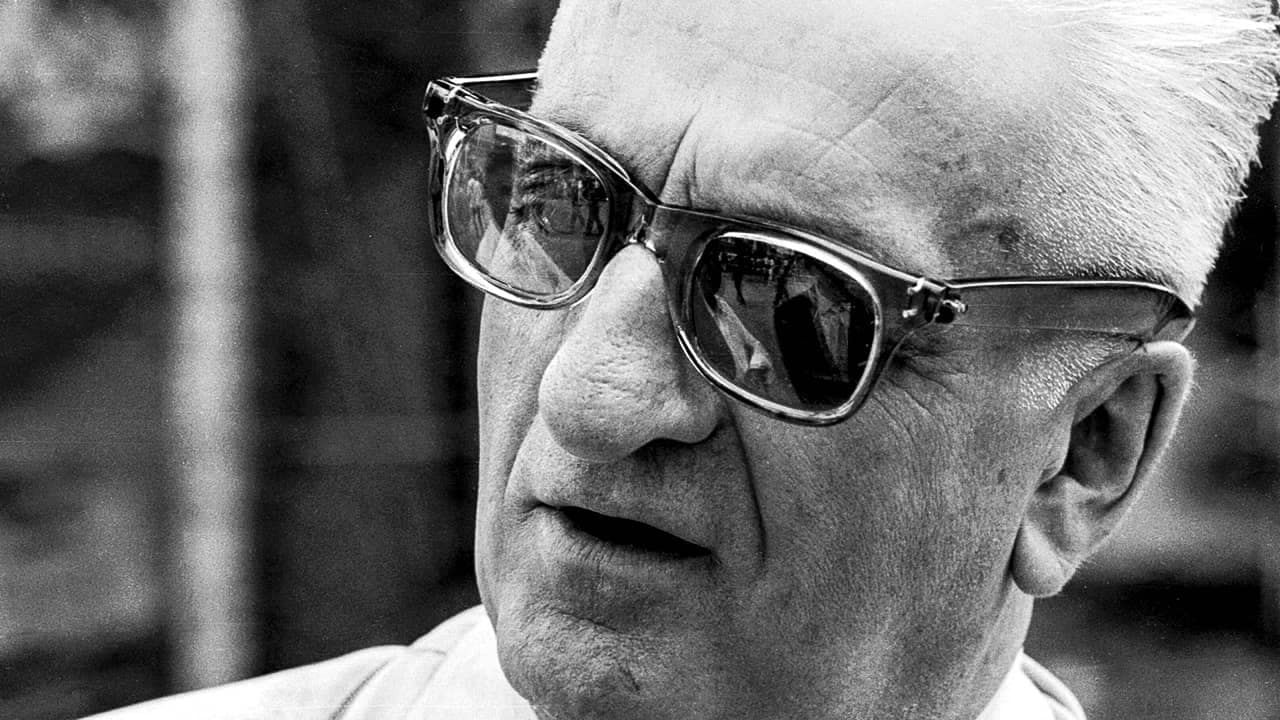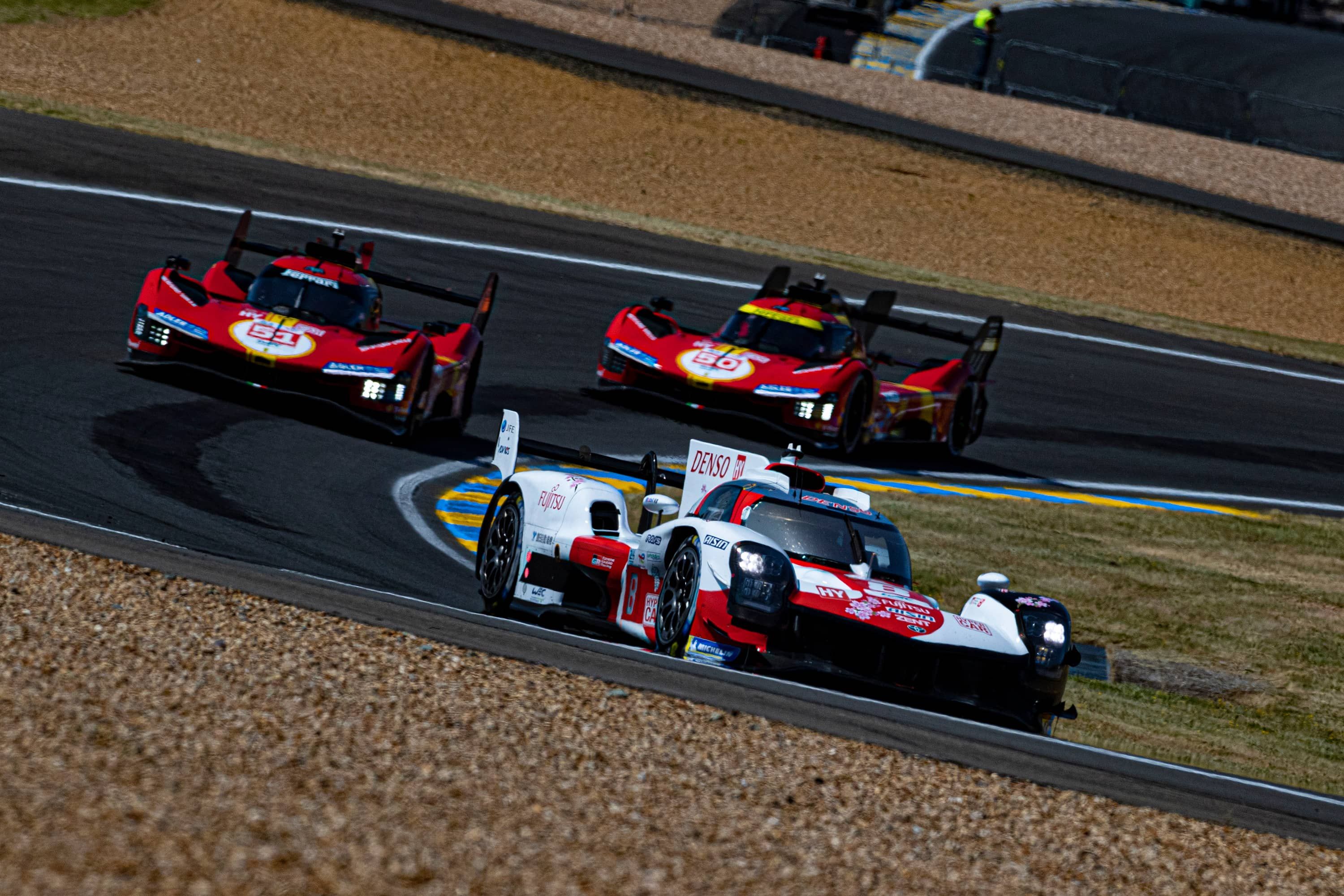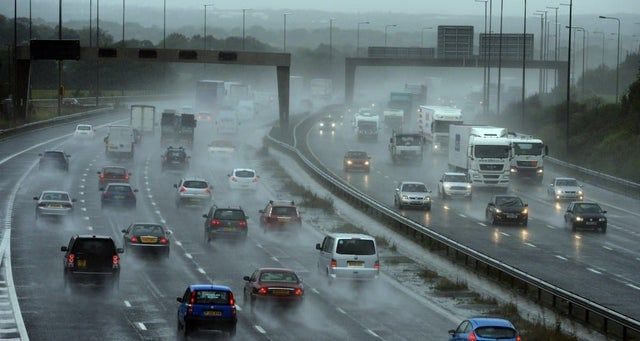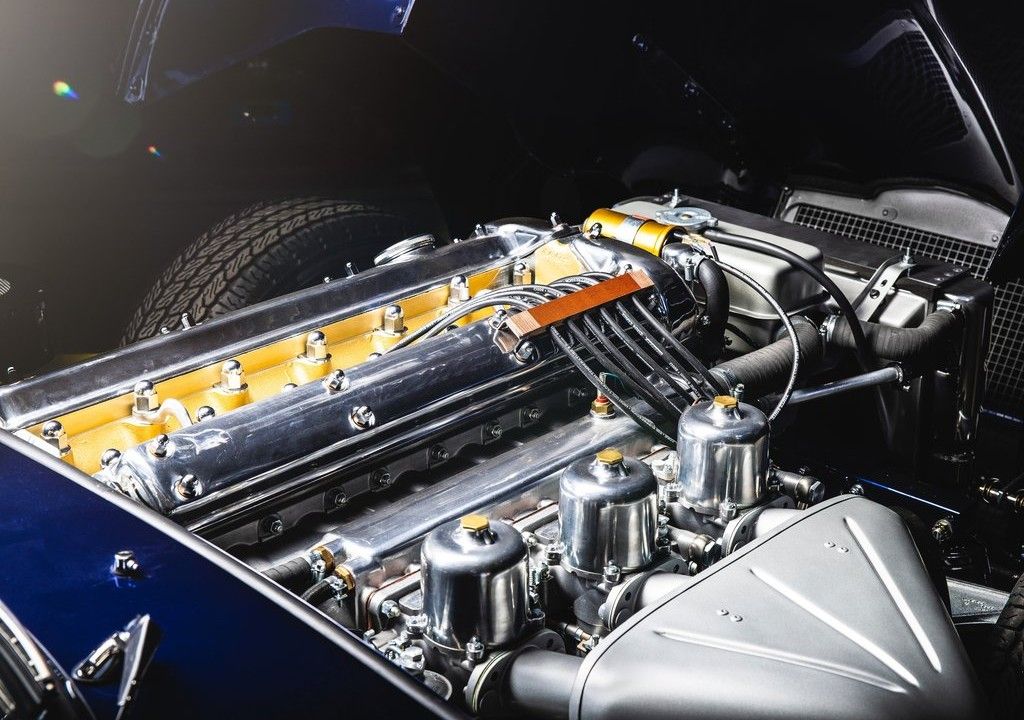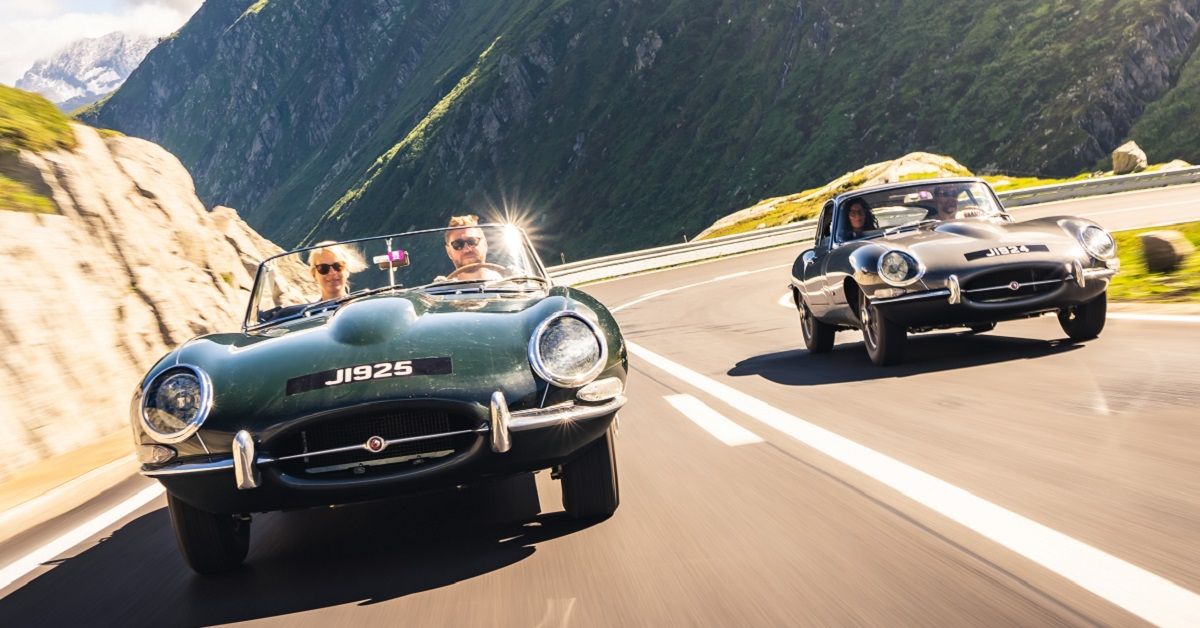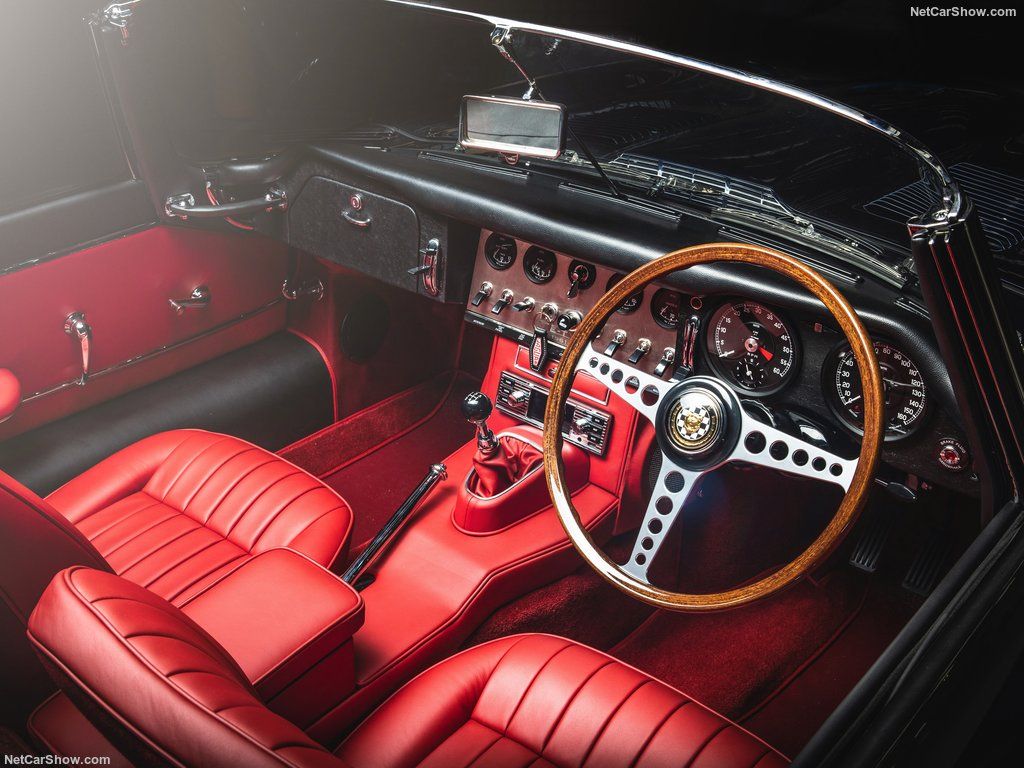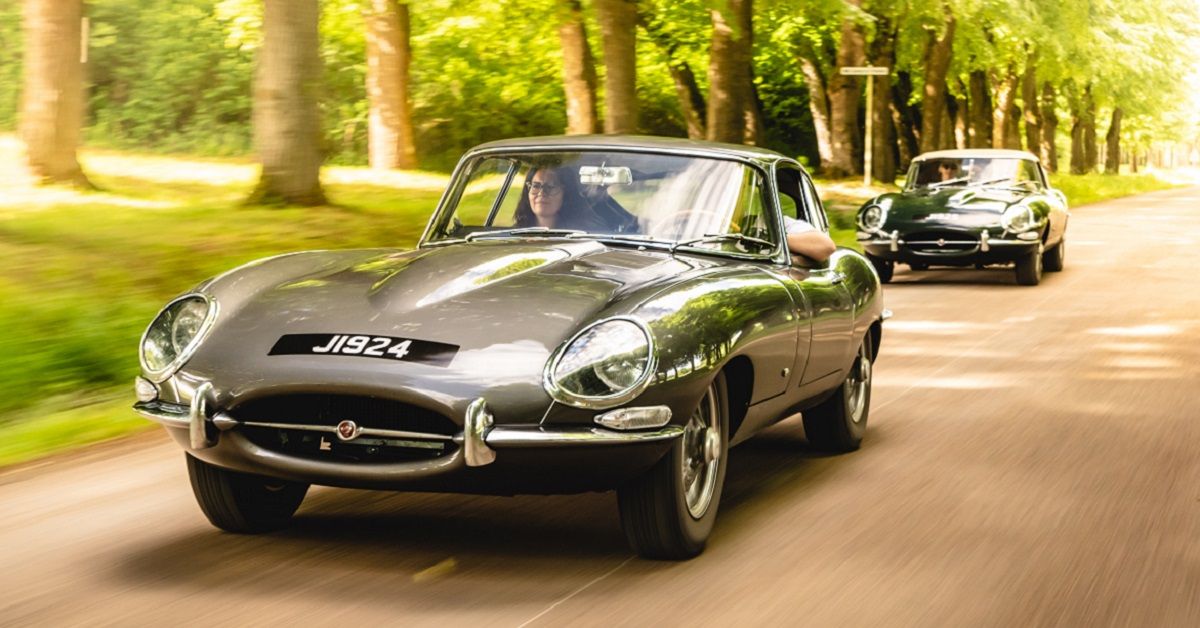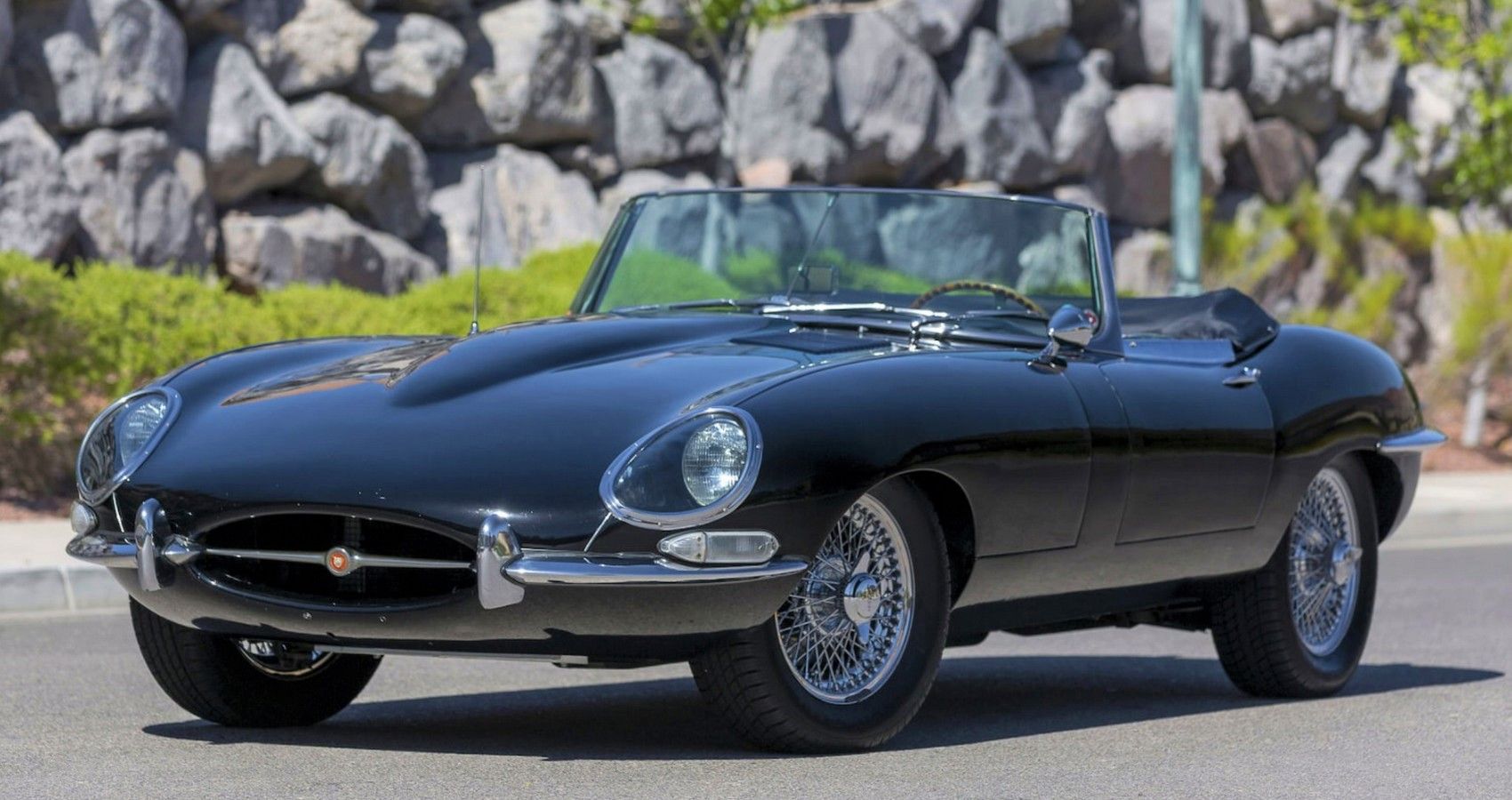[ad_1]
When it comes to discussing the most beautiful cars of all time, there is one name that comes up in every conversation. The Jaguar E-Type is one of the most iconic sports cars of all time with its timeless design, fantastic performance, and ground-breaking status. The British legend took Jaguar to the next level, making the manufacturer one of the most renowned in the world, and its impact is still felt to this day, with cars such as the F-Type following much the same recipe as its predecessor.
There are numerous stats, facts, and reasons as to why the Jaguar E-Type is a special car. From the moment graphite touched paper in its first sketch, through the development stages and beyond, the Jaguar E-Type had all the makings of the icon it would become, and here are just some of the facts that make it a timeless classic car.
Information for this article was researched using online sources, including AccelerationTimes.com, with the aim of collecting some of the most interesting facts about the Jaguar E-Type.
10 It Was Designed By A Racing Aerodynamicist
The Jaguar E-Type was distinctively streamlined for its era, and this wasn’t by accident. Joining the company in 1951, Malcolm Sayer had previously worked as an aerodynamicist and designer for the Bristol Aeorplane Company, so when it came time for him to put pen to paper for Jaguar, aerodynamics was high on his list of priorities.
Sayer knew that the aerodynamic profile of a car could make or break its performance, using this knowledge to design and develop the famous Jaguar D-Type racing car. The designer’s attention to detail saw him utilize the wind tunnel at the University of Southampton when it came to designing the E-Type, and its timeless curvaceous body was as much for speed and performance as it was for beauty. Sadly, Sayer’s career was cut short in 1970 when he passed away aged 53, but he left a lasting impression on the world and his legacy lives on.
9 An Alfa Romeo Inspired Its Look
Alfa Romeo has a reputation for creating some of the most beautiful cars to have ever existed, and they can lay claim to at least a small amount of credit for, what many consider to be, the best-looking car of all time. When it came to designing the aforementioned D-Type, Sayer and his team took inspiration from the 1952 Alfa Romeo 1900 C52 Disco Volante. Curvaceous and aerodynamic, the C52 Disco Volante was supremely futuristic in its design, and this was exactly what Sayer wanted to replicate with the D-Type racing car.
When it came to designing the E-Type, the design team took what they’d learned from its predecessor and refined it, taking it to the next level aerodynamically, and adding a number of advanced handling features, too. So while Alfa Romeo played no active part in designing the E-Type, they can certainly take some credit for the inspiration.
8 Enzo Ferrari Called It “The Most Beautiful Car Ever Made”
Some of the most iconic car designs ever cast in metal came from Ferrari in the 1960s, so when the boss and founder of that company, Enzo Ferrari, called the E-Type “the most beautiful car ever made”, the world took notice. It is unknown exactly when and where Ferrari uttered the famous statement, but it was made all the more remarkable due to the rivalry between the two companies at the time, showing that the E-Type’s beauty transcended brand rivalry.
Enzo’s quote continues to resonate to this day when questions arise surrounding the topic of deciding what the most beautiful car ever created is. Beauty is subjective, and we’ll all have our favorites, but when Enzo Ferrari says the E-Type is the most beautiful car ever made, it’s hard to argue.
7 It was Designed For Le Mans But Never Really Raced There
The famous 24 Hours of Le Mans race can be seen as the root cause of the creation of the E-Type in more ways than one. In 1955, Jaguar driver Mike Hawthorn tragically lost his life at the race, which led to the organizers deciding to reduce engine capacity for the race in order to slow cars down and improve safety. This meant there was a huge increase in focus on aerodynamics as manufacturers scrambled to find other ways to go fast, which in turn gave birth to the D-Type, the E-Type’s immediate predecessor.
Again, tragedy struck, and while it was still in its prime, a fire at Jaguar’s factory wiped out most of the D-Types in production and a great number of its road-going counterpart, the XK-SS. A new car was needed and the E1A and E2A prototypes were built, but by the time the E-Type was in production, Jaguar found they no longer needed Le Mans to sell cars. As a result, Jaguar never raced the car.
6 Its Test Track Was A Public Road
These days, performance car manufacturers often have their own private tracks to test their vehicles, but things haven’t always been so advanced. When Jaguar decided they wanted to try to claim some world-beating performance statistics, they turned to the public highway. The recently-built M1 freeway passed through the area of Coventry, a few miles from Jaguar’s factory. Jaguar decided its long, smooth, and straight expanses would be the perfect location for them to try to take the E-Type to 150 mph.
Sadly, during this testing, the Jag only ever managed 120 mph. However, these outings did prove to be an important step in the car eventually achieving the 150 mph figure the company craved. While these speeds on a UK public road would be unthinkable now, we think it’s an extremely cool part of the E-Type’s history.
5 It Had A Number Of Advanced Features
As previously mentioned, the Jaguar E-Type was designed with races such as the prestigious Le Mans in mind, and Jaguar, at the time, was at the pinnacle of motorsport, with the company giving their race design team significant financial backing. This resulted in the car being seriously advanced for its era, with a number of high-tech features coming together to make it a truly cutting-edge performance car.
The E-Type featured independent rear suspension, a monocoque body, disc brakes, and rack-and-pinion steering, all of which were advanced features for its era, and the car propelled sports cars into the future with other manufacturers taking note and upping their game.
4 It Was Seriously Quick
Performance:
|
0-60 MPH |
7.0 seconds |
|
Top Speed |
150 Mph |
|
Curb weight |
2,579-3,380 lbs |
|
Engine Displacement |
3.8 I6, 4.2 I6, 5.3 V12 |
|
Horsepower |
265-272 |
|
Torque |
240-304 lb-ft |
|
Layout |
Front-engine, rear-wheel drive |
Due to its aerodynamic design, wonderful engine, and a series of highly advanced features, the Jaguar E-Type was one of the very fastest production cars of its era, surpassing many of the most famous supercars of the time, including the Ferrari 250 GTO and Aston Martin DB4.
With a top speed of 150 mph and a 0-60 mph time of around 7 seconds, the E-Type blew away the vast majority of its competitors and remains swift even by today’s standards.
3 It became An Instant Celebrity Favorite
The Jaguar E-Type, with its peerless beauty, unmatched performance, and effortless cool, naturally became an instant favorite for the great and good of society, both in its native United Kingdom and across the pond in the USA. In addition to its fabulous performance, the Jag was comfortable and well-appointed, and its stylish interior proved impressive and high-quality.
Notable owners of the Jaguar E-Type include celebrities like movie star and famous gearhead, Steve McQueen, star of Bullitt and Le Mans, legendary Ratpack singer Frank Sinatra, and even the Beatles guitarist, George Harrison.
2 The Coupe Almost Didn’t Happen
Enthusiasts are pretty much agreed that the most beautiful form of the Jaguar E-Type is its coupe form, so it may surprise you to know that it almost never happened. While the manufacturer eventually decided to make both a coupe and roadster, the original plans for the E-Type were just in its roadster form and the coupe was only designed in the last 12 months of the car’s development.
In addition to this, the original lines for the coupe weren’t even drawn by Malcolm Sayer. While Sayer made the final touches to the car’s design, the car was drawn by Bob Blake, another member of the design team.
1 It Was Never A Sales Success
You didn’t expect that, did you?! When Jaguar made the sales projections for the E-Type, they initially laid out aims of initially selling around 100 per week within a few weeks of launch, going on to increase output as time passed, but production only ever averaged 92 per week and, during the car’s first 7 years, when its iconic Series 1 was made, only 85 cars were leaving the factory per week.
This was largely a result of the car’s complexity and the level of hand finishing needed on each and every car. The time needed to create the car hampered sales, and while it is now one of the most desirable cars on the planet, the E-Type never quite hit the heights that Jaguar expected.
[ad_2]
Source link
